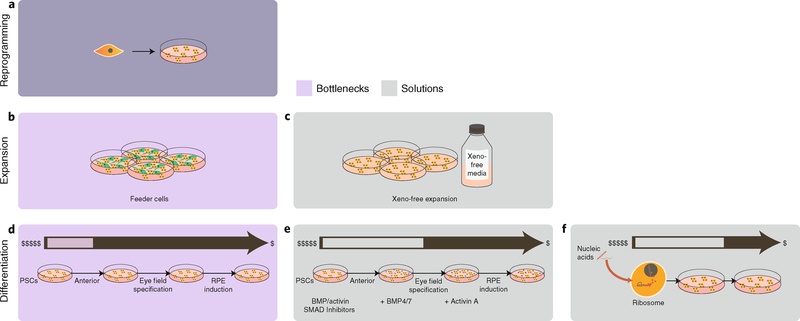Fig. 5 |. Overview of current tools for differentiating PSCs into retinal and neuronal lineages.
a, PSCs are initially seeded in cell-culture plates. b, Feeder cells, required to maintain proper PSC propagation, are constrained by having to maintain adequate media nutrients (which usually results in frequent media changes). c, The use of partially defined xeno-free media with the required growth factors necessary for lineage-specific cell culture removes the need for the feeder cells. d, Current state-of-the-art processes for differentiation (for example, PSCs that undergo anterior neuroectoderm differentiation and that need to undergo eye field specification before being induced as retinal pigment epithelial (RPE) cells) are expensive and time-consuming, requiring frequent media changes with specific growth factors for several months. e, The use of small molecules (bone morphogenetic protein (BMP), activin and SMAD inhibitors) greatly reduces costs at each differentiation step compared with the use of growth factors, and improves culture efficiency. f, The use of regulatory RNAs could further reduce culture costs by reducing the number of differentiation steps.

